The Role of UV Stability in WPC Fencing: A Comprehensive Guide
Learn about the importance of UV stability in WPC fencing materials and how it contributes to the longevity and maintenance-free nature of your outdoor barrier.
The Role of UV Stability in WPC Fencing: A Comprehensive Guide
Introduction to WPC Fencing with UV Stability
Wood Plastic Composite (WPC) fencing has emerged as a popular alternative to traditional wood and metal fences due to its durability, low maintenance, and eco-friendly nature. One key factor that contributes to the longevity and aesthetic appeal of WPC fencing is its resistance to ultraviolet (UV) radiation. This comprehensive guide delves into the significance of UV stability in WPC fencing products, explaining the technical aspects of how UV-resistant additives are incorporated into the materials and their impact on the product’s performance over time.
Technical Details of UV-Resistant Additives
WPC fencing materials are typically composed of a blend of wood fibers and thermoplastic polymers, such as polyethylene or polypropylene. To enhance UV stability, manufacturers incorporate various additives into this composite material. These additives include UV absorbers, light stabilizers, and antioxidants. For instance, UV absorbers like benzophenones and benzotriazoles absorb harmful UV rays and convert them into harmless heat energy. Light stabilizers, such as hindered amine light stabilizers (HALS), work by neutralizing free radicals generated by UV exposure, thus preventing degradation of the polymer matrix.
These additives are added during the extrusion process, where the mixture of wood fibers and thermoplastics is heated and forced through a die to form the desired profile. The precise amount and type of additives used can vary depending on the specific requirements of the product and the environmental conditions it will face. Proper incorporation ensures that the WPC fence not only retains its color but also maintains structural integrity over an extended period.
Impact on Product Performance Over Time
The inclusion of UV-stabilizing additives significantly enhances the performance of WPC fencing over time. Without these additives, WPC materials would degrade rapidly when exposed to sunlight, leading to discoloration, cracking, and reduced mechanical strength. However, with effective UV protection, WPC fencing can withstand years of sun exposure without showing significant signs of wear and tear. This makes it an ideal choice for homeowners and businesses looking for long-lasting, aesthetically pleasing fencing solutions.
Moreover, UV stability contributes to the overall sustainability of WPC fencing. By extending the lifespan of the product, it reduces the need for frequent replacements, thereby minimizing waste and environmental impact. This aligns with the growing trend towards eco-friendly building materials that promote sustainability and reduce carbon footprints.
Conclusion
In conclusion, UV stability plays a crucial role in determining the quality and longevity of WPC fencing products. Through the strategic incorporation of UV-resistant additives during manufacturing, these fences can maintain their appearance and functionality under prolonged exposure to sunlight. As consumers increasingly seek durable, low-maintenance, and environmentally friendly fencing options, understanding the importance of UV stability becomes essential. Whether you are a homeowner planning to install a new fence or a manufacturer looking to improve your product line, prioritizing UV stability is a wise investment for long-term benefits.
Reference
Ultraviolet Radiation and Polymer Degradation, ResearchGate
Light Stabilization Systems for Polyolefin Composites, ScienceDirect
Baoding Plastroy WPC Products
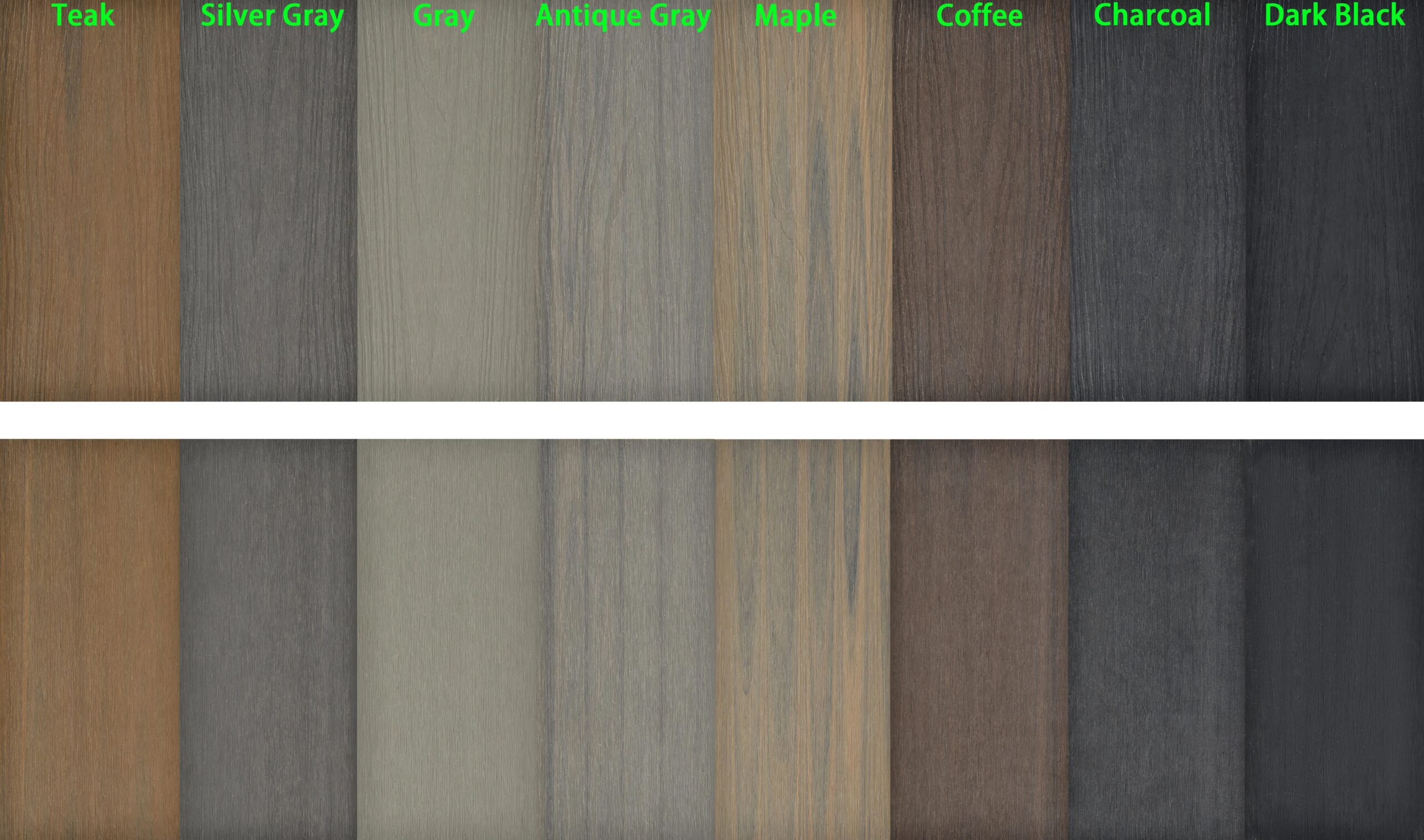
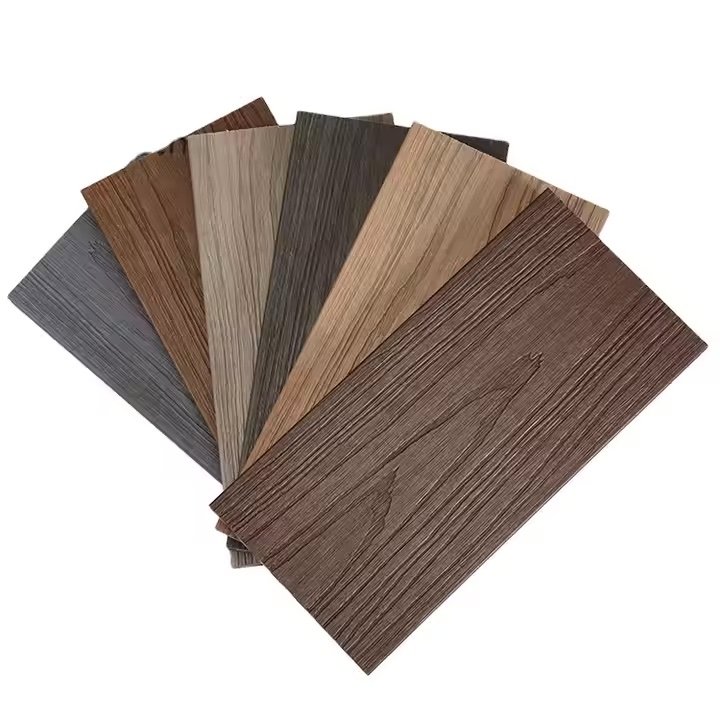
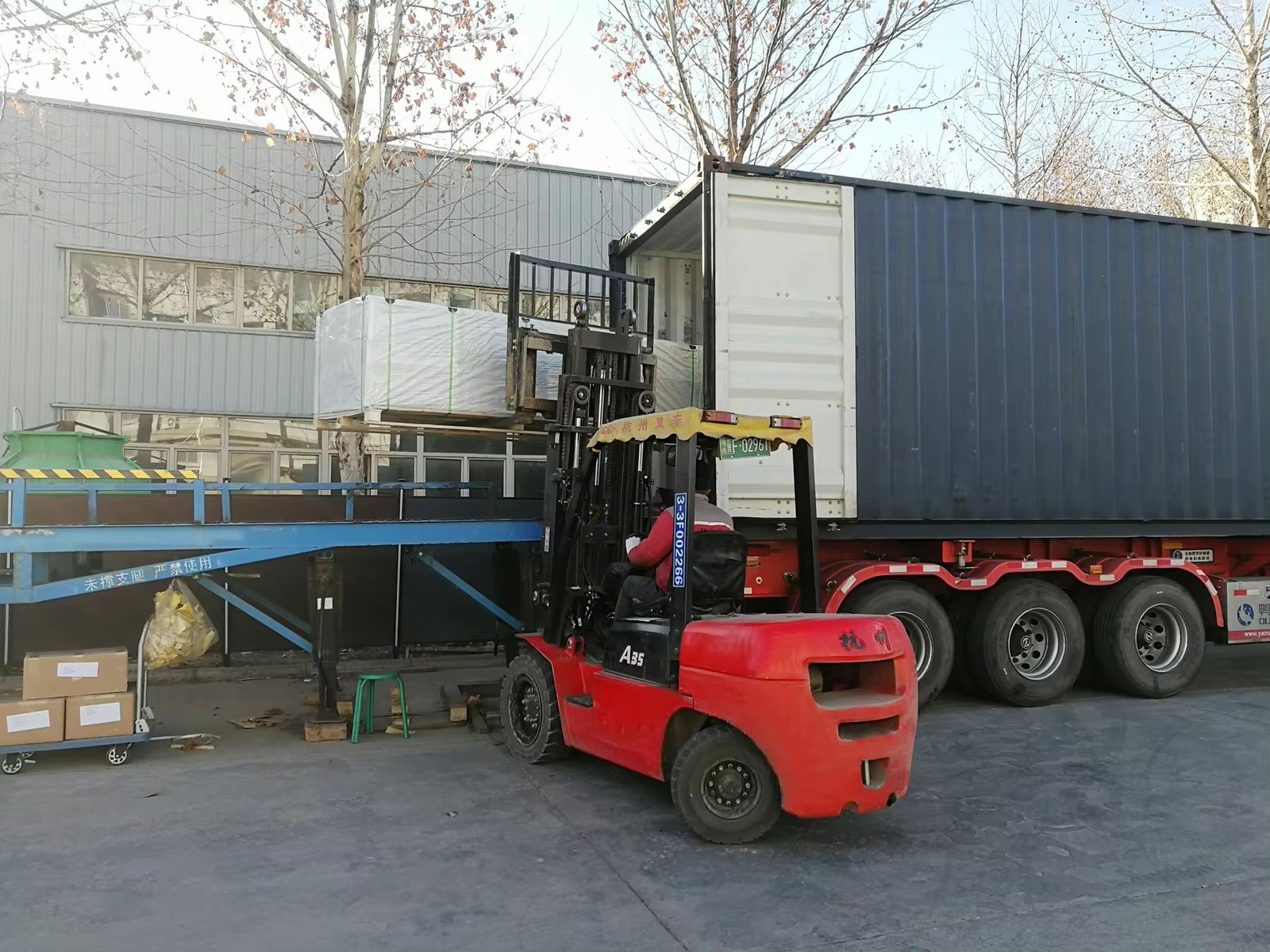
Why Choose Plastory?
Baoding Plastory New Materials Co., Ltd. is a manufacturer of decorative materials with over 9 years of experience and 56 separate production lines.
Currently, our annual production exceeds 30,000 tons, with products exported to more than 50 countries worldwide.
Plastory is the drafting unit of the WPC National Standards and has obtained certifications such as REACH, ASTM, CE, and FSC. Plastory is dedicated to maintaining consistent quality, focusing on details, and prioritizing customer satisfaction.
Our factory is located in Baoding, Hebei Province, China, with a prime location and convenient transportation access. Baoding is approximately a 1.5-hour drive from Beijing Capital International Airport and just 2 hours away from Tianjin Port, making it easy for global clients to visit and facilitating efficient shipping of goods. Our facility spans a large area, equipped with advanced production equipment and modern testing facilities to ensure that every batch of products meets the highest quality standards.
We warmly welcome clients from around the world to visit our factory, where you can see our production processes firsthand and experience our product quality. Please feel free to reach out to us—we are committed to providing you with the best products and services.
Kindly get in touch with us to request a product catalogue.

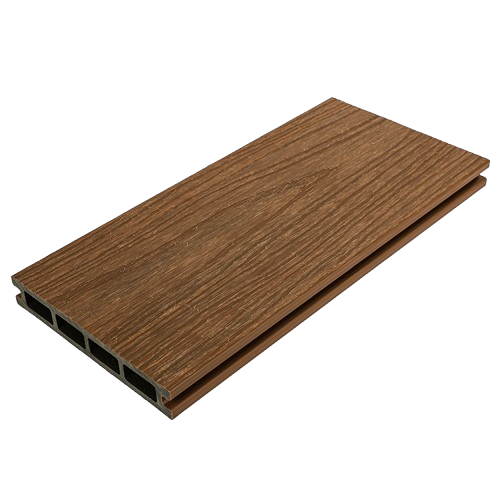
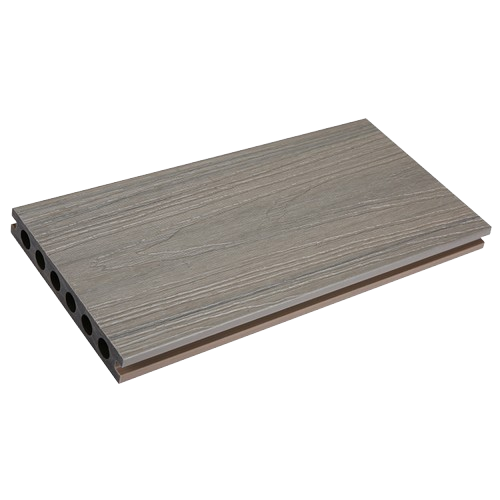
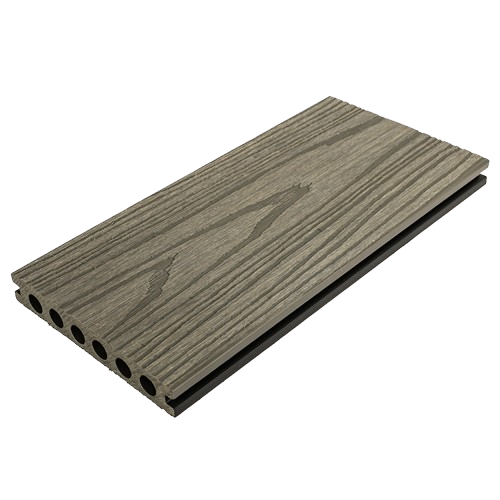
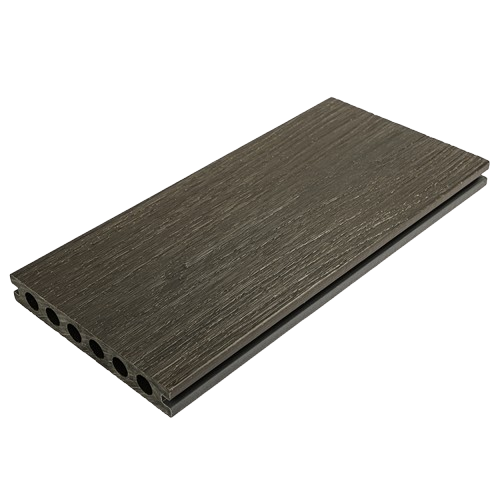
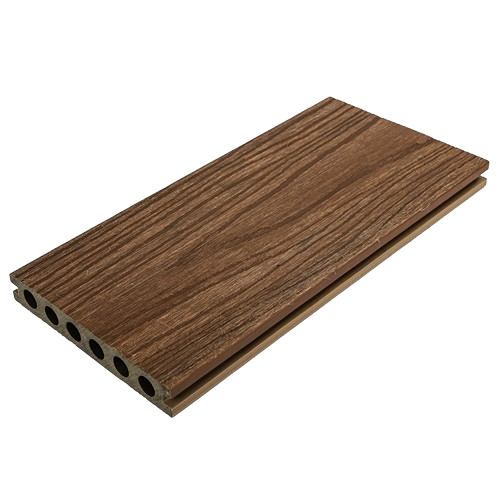
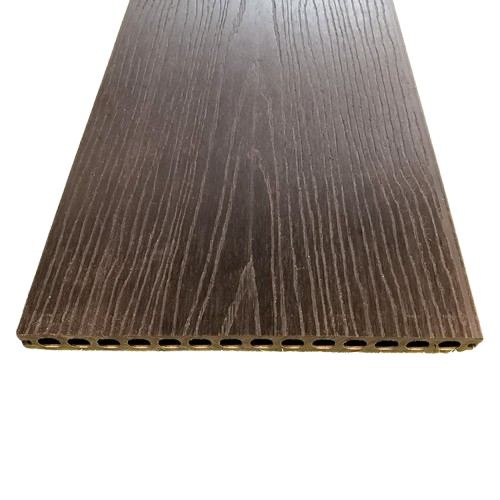
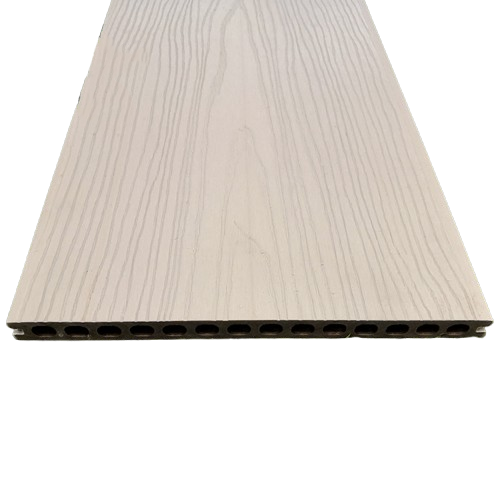
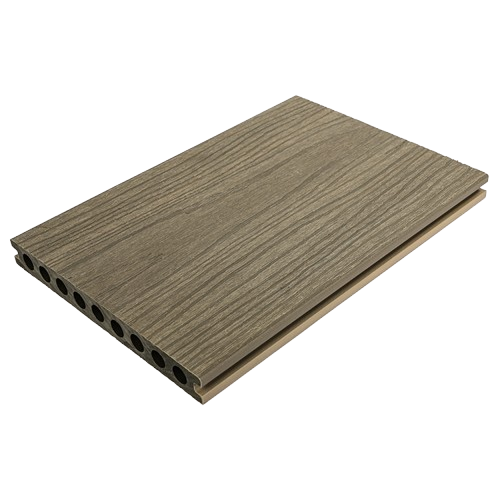
Reviews
There are no reviews yet.